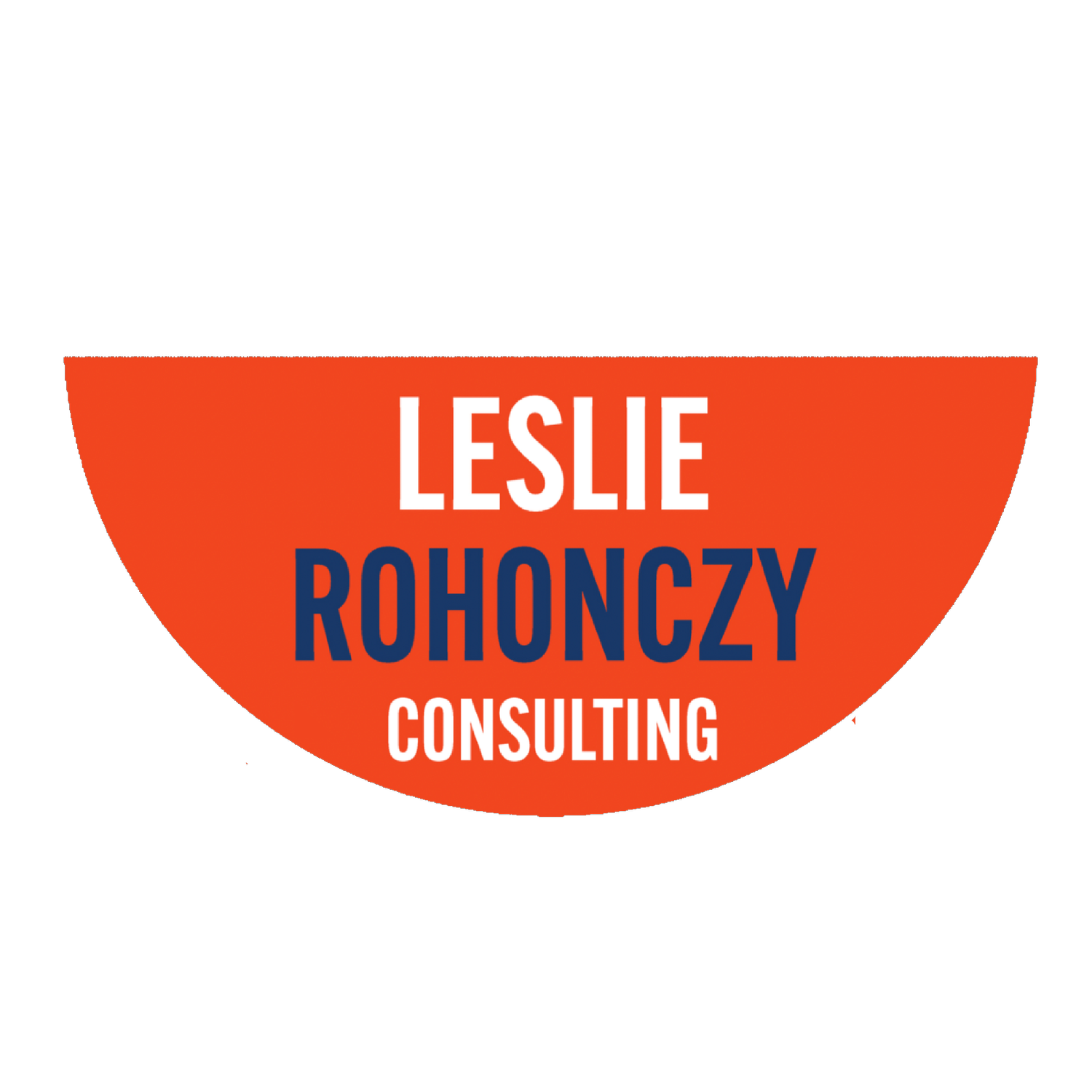Leslie Rohonczy, IMC™, PCC, Executive Coach, Leadership Expert, Speaker, Author
“I’m just so busy.” We say it, hear it, and even wear it like a badge. But somewhere along the way, busy stopped being impressive – and started becoming a liability.
It’s time to challenge one of leadership’s most quietly damaging blind spots: the cult of busyness.
For years, “busy” has been shorthand for “important.” It signals hustle, responsibility, leadership weight. But there’s an uncomfortable truth beneath this 4-letter word: when busy becomes your default, your credibility takes the hit. Your team gets your leftovers. Strategy disappears. And trust is the first casualty.
Believe me, this is NOT a productivity article. Think of it more like a leadership reckoning. One that calls on high-performing, high-capacity professionals to stop hiding behind full calendars, and start showing up with full presence.
WHEN BUSY ISN’T BRAVE – IT’S BLIND
Many of the senior leaders I coach are smart, committed, and wildly capable. But they’re also often stuck, drowning in meetings, firefighting and problem-solving all day long, running from one obligation to the next with barely a breath in between. And when we dig into the research about this, something strange emerges: they often can’t remember what strategic work they actually did that week.
They’re not failing because they’re lazy. They’re failing because they’re too busy to lead. Here’s what that kind of busyness costs you:
Trust erosion: When your team sees you rushing, cancelling, or distracted, they stop bringing you their best. They assume you don’t have time for real conversation.
Tactical tunnel vision: Your attention is spent reacting, not shaping. Urgent wins. Important waits.
Missed influence moments: Strategic presence isn’t just about being in the room. It’s about how you show up. If your energy is thin and transactional, so is your impact.
Credibility creep: Leaders who are constantly busy but rarely available get labelled as unreliable, scattered, or avoidant – even if their intentions are solid.
The busyness bias tells you that filling your calendar is the same as fulfilling your role. It’s not.
A TIME ISSUE – OR A TRUTH ISSUE?
Let’s get clear: busyness isn’t always about workload or external pressure. More often, it’s an emotional decoy – a polished distraction that protects us from something deeper and more uncomfortable.
In coaching sessions, when I ask leaders what might be underneath their relentless pace, I often hear a pause. Then something raw emerges:
"If I’m not busy, am I still valuable?"
"If I slow down, will everything fall apart?"
"If I delegate, will people realise I’m not as indispensable as they think?"
Busyness can serve as armour. It shields us from vulnerability. It lets us avoid the hard work of confronting our worth, our fear of irrelevance, or our struggle with control. But here’s the truth: filling your calendar won’t fill the gap left by uncertainty, self-doubt, or the need for external validation.
This isn’t a time management issue. It’s a mindset and meaning issue. And until we start asking better questions about what our busyness is really doing for us, we can’t lead with full presence.
So let me ask you the real question: What is your busyness protecting you from?
“If I’m not busy, am I still valuable?”
“If I slow down, will everything fall apart?”
“If I delegate, will they realise they don’t need me?”
These are mindset issues, not time issues. And they’re incredibly common. We don’t just have a time management problem. We have a permission problem.
Permission to focus.
Permission to say no.
Permission to stop doing and start leading.
THE LEADERSHIP COST OF BUSY CULTURE
High-output cultures often reward busyness, but rarely examine its downstream impact.
Ask yourself:
Do I equate visibility with value?
Am I filling space or creating value?
Do my actions signal strategic focus – or survival mode?
Because here’s what’s really happening in most “too busy” leaders:
They’re reactive, not responsive. They move fast but think shallow. And over time, they erode the trust, creativity, and collaboration that leadership depends on.
SO, WHAT’S THE ALTERNATIVE?
What does it look like to unhook from busy – and step into something more powerful?
It looks like this:
A leader who blocks white space in their week to think, not just react.
A VP who finishes meetings early to give people breathing room.
An executive who says no with clarity, because strategy is about choosing.
And it sounds like this:
“Let’s revisit what matters most this quarter.”
“If I step back here, what does the team step into?”
“Where is my presence needed – not just my time?”
This isn’t about working less. It’s about leading more intentionally.
THREE PRACTICES TO BREAK THE BUSY BIAS
You don’t need a sabbatical. You need a reset. Here’s where to begin:
1. Audit Your Leadership Calendar
For one week, track your time. Label it: Operational? Relational? Strategic? Then ask yourself: What am I doing out of habit or fear? What am I avoiding? What am I missing? If your calendar doesn’t reflect your priorities, it’s time to renegotiate.
2. Notice the Story Underneath
Ask yourself: What am I afraid would happen if I weren’t so busy? What belief is driving your behaviour? Often, it’s about worth, fear of irrelevance, or discomfort with delegation. Awareness is the first step to choosing differently.
3. Create a Weekly White Space Ritual
Block 90 minutes each week to step out of the churn. No meetings. No messages. Just think, reflect, recalibrate. Ask: What does the organization need from me this week? What does my team need from me? Who haven’t I been fully present with?
BUSY ISN’T A BADGE. IT’S A BARRIER.
Let’s stop rewarding chronic overload like it’s leadership gold. Busyness isn’t your brand. Presence is. Trust doesn’t grow in chaos. Strategy doesn’t emerge from noise. And your influence doesn’t deepen when you’re double-booked and distracted. So the next time you’re tempted to lead with “I’m so busy,” try this instead:
“I’m focused on what matters most.”
“I have the space to think about that properly.”
“I’ve made time for this conversation because it’s important.”
Now that’s leadership impact.
Ready to Reclaim Your Strategic Presence?
If you’re ready to break free from busy and build a leadership brand based on clarity, trust, and presence – let’s talk. Executive coaching can help you rewire your leadership approach, redefine how you spend your time, and refocus your energy on what creates real impact.
Schedule a complimentary discovery session at www.leslierohonczy.com. Let’s stop being busy – and start being bold.

